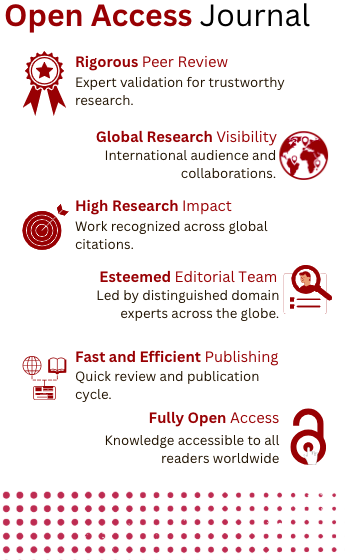Maximize The Energy Efficiency of IoT Devices Through Optimization and Localization
Keywords:
ACO, PSO, D2D, IoT, WSNAbstract
Wireless sensor nodes in IoT-based WSN’s are increasing congestion between sensor networks. An optimized solution can be created based on a centralized approach or a local approach. Algorithms such as particle swarm optimization (PSO) use a centralized approach to address the limitations of the wireless sensor network. The centralized algorithms depend on the receiver node or base station node in the network. All information about the source and destination nodes, available communication paths and packet forwarding will be monitored by a centralized base station node. Implementing this centralized algorithm on a larger network result in degraded network performance. The limitations that exist in the network communication path, overcome the constraints by using local control approaches such as ant colony optimization. To overcome these limitations of solving optimization problems in larger networks, local controller approaches are used to improve energy efficiency and network performance. In this paper we compare optimization algorithms with different network parameters for different performance metrics.
References
Liu, Z., Yuan, Y., Guan, X., & Li, X. (2015). An approach of distributed joint optimization for cluster-based wireless sensor networks. IEEE/CAA Journal of Automatica Sinica, 2(3), 267-273.
Zhang, J., Long, J., Liu, A., & Zhao, G. (2016). An optimal schedule algorithm trade-off among lifetime, sink aggregated information and sample cycle for wireless sensor networks. Journal of Communications and Networks, 18(2), 227-237.
Shahzad, F., Sheltami, T. R., & Shakshuki, E. M. (2016). Multi-objective optimization for a reliable localization scheme in wireless sensor networks. Journal of communications and Networks, 18(5), 796-805.
Zhang, W., Liu, Y., Han, G., Feng, Y., & Zhao, Y. (2018). An energy efficient and QoS aware routing algorithm based on data classification for industrial wireless sensor networks. IEEE Access, 6, 46495-46504.
Sun, Z., Zhang, Z., Xiao, C., & Qu, G. (2018). DS evidence theory based trust ant colony routing in WSN. China Communications, 15(3), 27-41.
Zhao, P., & Yang, X. (2016). Opportunistic routing for bandwidth-sensitive traffic in wireless networks with lossy links. Journal of Communications and Networks, 18(5), 806-817.
Abd, M. A., Al-Rubeaai, S. F. M., Singh, B. K., Tepe, K. E., & Benlamri, R. (2015). Extending wireless sensor network lifetime with global energy balance. IEEE Sensors Journal, 15(9), 5053-5063.
Abdulla, A. E., Nishiyama, H., Yang, J., Ansari, N., & Kato, N. (2012). HYMN: A novel hybrid multi-hop routing algorithm to improve the longevity of WSNs. IEEE Transactions on Wireless Communications, 11(7), 2531-2541.
El-Moukaddem, F., Torng, E., & Xing, G. (2011). Mobile relay configuration in data-intensive wireless sensor networks. IEEE Transactions on Mobile computing, 12(2), 261-273.
Ganesh, S., & Amutha, R. (2013). Efficient and secure routing protocol for wireless sensor networks through SNR based dynamic clustering mechanisms. Journal of Communications and Networks, 15(4), 422-429.
Guo, P., Liu, X., Cao, J., & Tang, S. (2017). Lossless in-network processing and its routing design in wireless sensor networks. IEEE Transactions on Wireless Communications, 16(10), 6528-6542.
Habibi, J., Aghdam, A. G., & Ghrayeb, A. (2015). A framework for evaluating the best achievable performance by distributed lifetime-efficient routing schemes in wireless sensor networks. IEEE transactions on Wireless communications, 14(6), 3231-3246.
Sreedhar Kumar, S., Ahmed, S. T., & NishaBhai, V. B. Type of Supervised Text Classification System for Unstructured Text Comments using Probability Theory Technique. International Journal of Recent Technology and Engineering (IJRTE), 8(10).
Al-Shammari, N. K., Syed, T. H., & Syed, M. B. (2021). An Edge–IoT framework and prototype based on blockchain for smart healthcare applications. Engineering, Technology & Applied Science Research, 11(4), 7326-7331.
Downloads
Published
How to Cite
Issue
Section
License
Copyright (c) 2022 Kumar Raja D R, G Hemanth Kumar

This work is licensed under a Creative Commons Attribution-NonCommercial-NoDerivatives 4.0 International License.



